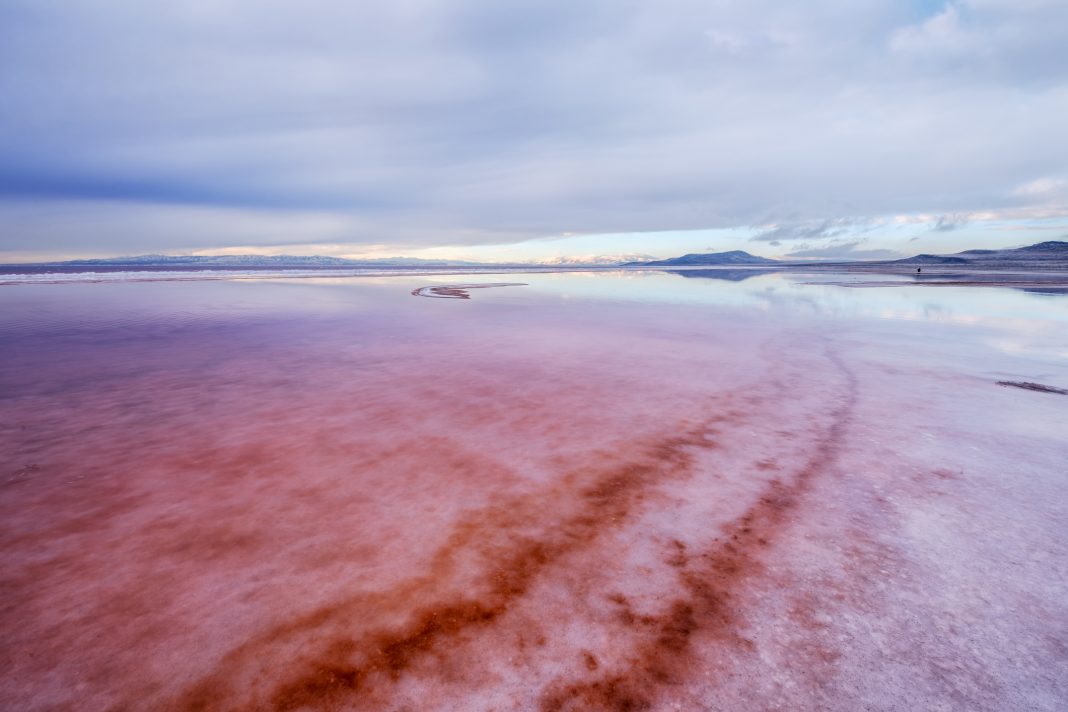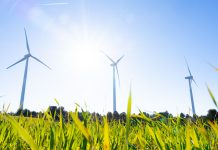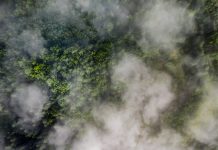Researchers find that snow algae growing in the Pacific Northwest of the US has exacerbated the melting of snow, exposing glacier ice to warm temperatures
On clean, white snow on Mount Baker in the North Cascades, Washington, researchers from Western Washington University and the University of Colorado Boulder have noticed that the presence of snow algae has been found to significantly increase snowmelt.
A 20% decrease in snow reflectivity has been noticed in snowmelt models, which incorporated research into the impact of algae blooms.
Algae, usually a red colour which looks like blood, often bloom on snow in the summer months in the Pacific Northwest.
Snow reflects solar radiation, which can help preserve the ice below it
Clean snow reflects as much as 99% of incoming solar radiation, which helps to protect Earth’s atmosphere from warming. However, with the presence of snow algae, albedo, or reflectivity, the snow decreases by about 20%.
With algae, this energy is absorbed rather than reflected to space because of the algae’s darker color.
As snow cover decreases, glacier ice, which is inherently darker than snow, is exposed to solar radiation for longer periods of time, exacerbating glacier ice melt.
Because of increasing atmospheric temperatures, the North Cascades spring snowpack declined by about 38% between 1938 and 2016, and it is projected to decrease an additional 38% to 46% by 2050, relative to the 1970 to 1999 average.
Worryingly, these projections have been calculated without the impacts of snow algae, which could further advance spring snowmelt.
It has been predicted that the glacier area in the North Cascades has also decreased by 56% over the last century.
Glacier area in the North Cascades has also decreased by 56% over the last century
Scientist Alia Khan at Western Washington University and the National Snow and Ice Data Center said: “Snow algae are very common in high alpine snowpacks, especially in the Pacific Northwest, yet they have not been considered drivers of snowmelt and are not included in regional watershed melt models.
“At the height of the summer, the algae become dark red, resembling blood on snow. As climate change continues to warm the region, we expect snow algae bloom intensity to increase, which will likely have repercussions on the timing and magnitude of seasonal snowmelt in the North Cascades.”
These algae that grow in snow may play an important role in the melting of mountain snowpack
Rebecca Gast, a program director in NSF’s Office of Polar Programs, added: “These algae that grow in snow may play an important role in the melting of mountain snowpack.”











